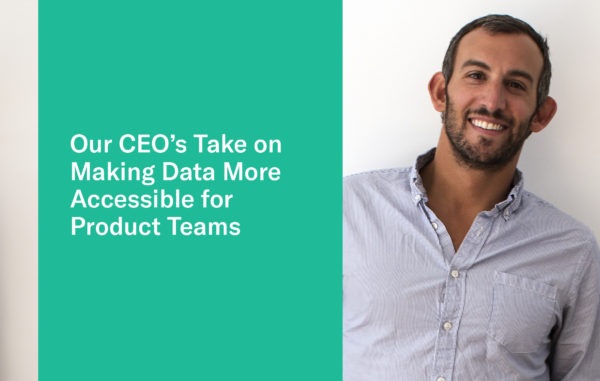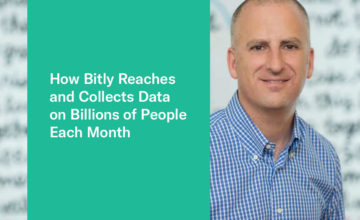During a recent digital Fireside Chat, Indicative CEO Jeremy Levy talked with Product School CEO Carlos Gonzalez de Villaumbrosia about:
- The career journey that led him to start Indicative
- His experience building a product for product people
- The future for people building digital experiences
- And more
You can watch the full fireside chat on LinkedIn, or read on below for highlights from the conversation.
The Journey That Led to Indicative
Jeremy’s first job out of college was as an intern at a new startup building wireless ASPs. His two and a half year stint at the company is what first hooked Jeremy on the startup world and tech ecosystem.
After a few stints at larger companies like Pfizer and Morgan Stanley, Jeremy dove back into startup life, launching a new venture with the founder of his first company. Together, they founded MeetMoi—the first mobile-based dating app.
The app was acquired by Match.com in 2013, but it was the intervening years that gave Jeremy the inspiration for Indicative. While operating MeetMoi, they encountered their fair share of problems—each becoming the spark for a new solution and a new company. The first spin-off was Xtify, a mobile CRM solution acquired by IBM.
The idea for Indicative arose from a common thread powering the success of their other businesses: The way they leveraged data to inform product decisions, essentially building their own Customer Analytics tool internally. That tool was the genesis for Indicative today.
Building a Product for Product People
As Jeremy explained, “[Indicative’s] vision is to be able to provide tools so that any product manager can use data to inform those decisions.”
“A lot of times,” he added, “product decisions are made based on gut or on instinct. While those are important variables, we want to be able to provide tools that allow product teams to be able to use data for making every decision—without having to use SQL, without having to rely on data teams.”
According to Jeremy, it was important to enable product teams to use data quickly and without extensive technical know-how because “if you can do it quickly, that allows you to use it more often to inform more decisions.”
Carlos noted, “This type of visual, low code move is empowering creators,” and Jeremy agreed.
In his view, there are two main trends driving this shift in the data ecosystem:
- Greater access to low-cost, cloud data warehouses
- Increased ease of data collection through product
Those trends allow products like Indicative to turn data into insights like never before.
“We aspire to provide information not just on what your customers are doing, but to leverage the data you have in your data warehouse to give you the insights that help you make product decisions, helping tell you what that means, the why behind what your customers are doing,” Jeremy explained.
The Future for People Building Digital Experiences
When asked about the future for data and digital experiences, Jeremy shared his belief that we’re just getting started with leveraging data. Still, he noted the progress that’s been made through today:
The data ecosystem is very nascent. We are still in the early stages of how we can leverage data. But if you look at the progress we’ve made in the last 5 years—where anyone can have a data warehouse now, anyone can get interesting, insightful, actionable analytics about their products, with just their fingertips—it’s gotten incredibly easier.
As for those building tomorrow’s digital experiences, Jeremy had this simple advice, “How do you build better product experiences moving forward? Take a data-driven approach.”
To hear more about Jeremy’s take on the data ecosystem and being a CEO today, watch the full Fireside Chat on LinkedIn.



